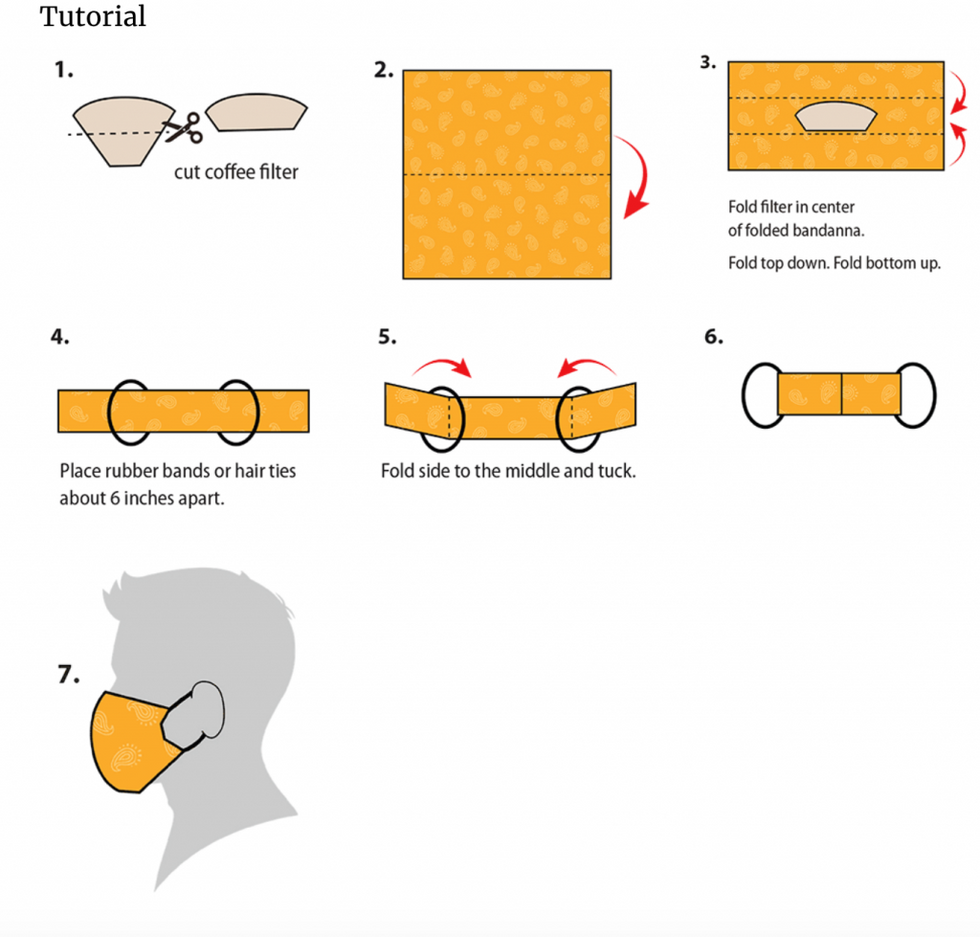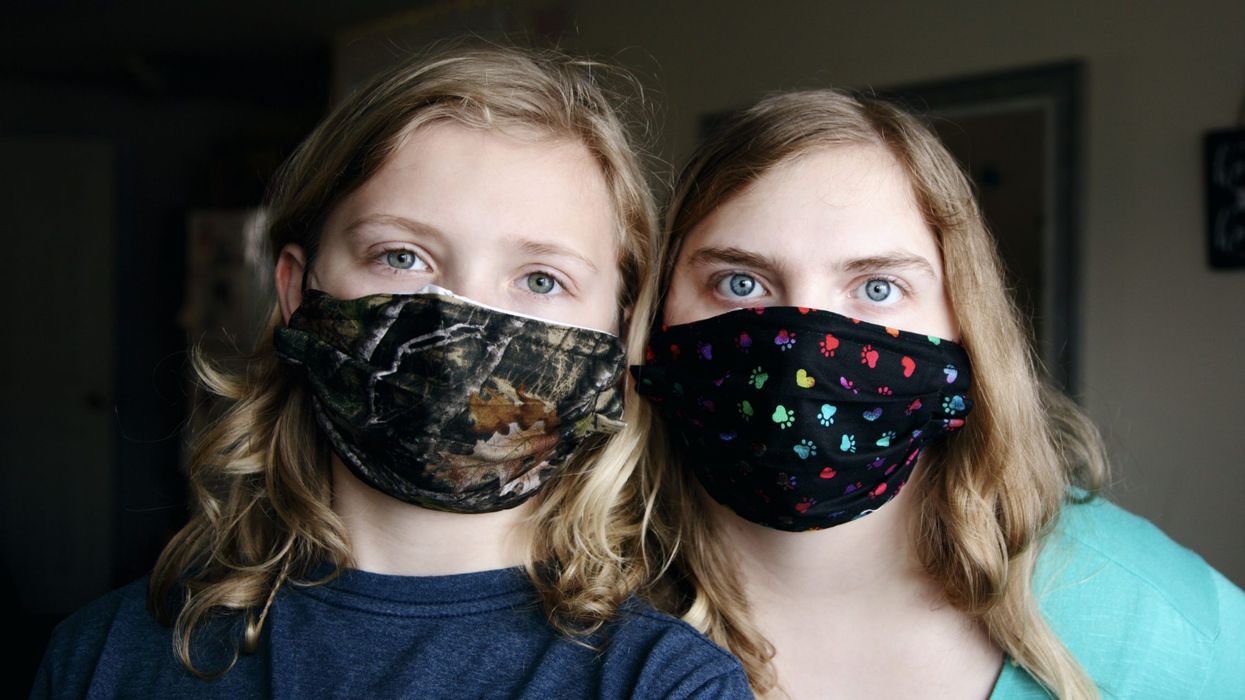As front-line workers continue to face wide-spread shortages of medical-grade face masks and protective equipment, and both online and in-store availability being reserved for essential workers, residents should consider making their own face masks at home.
And while officials have previously said that healthy individuals do not need to wear masks in public, others have said individuals could wear a homemade mask in public to slow the spread of the coronavirus — particularly in areas with high community transmission or where other social distancing measures are difficult to maintain like in grocery stores and pharmacies.
RELATED:
- Is It Time to Close Toronto’s Streets to Cars?
- GO Transit Ridership Down 90% Amid Coronavirus Pandemic
- Toronto Buildings Lighting Up to Show Love to Front-Line Workers (PHOTOS)
It is important to note that Dr. Theresa Tam, The Chief Public Health Officer of Canada, has made several points surrounding the wearing of homemade masks, taking to her Twitter account to drive home key insights:
- Wearing a NON-MEDICAL mask in public settings has not been proven to add any protection TO the person wearing it, but it can be an additional way to prevent spread FROM an infected person to others
- Even if you have no symptoms―NON-MEDICAL/facial coverings masks need to be used IN ADDITION TO and NOT _in place of_ proven #publichealth practices like: #PhysicalDistancing, #WashYourHands, #CoughEtiquette.
- Facial coverings are NOT appropriate for everyone. They could be a suffocation risk for babies & children under the 2 yrs; anyone w difficulty breathing or others unable to remove their mask by themselves.
So, to be clear, the idea that a homemade mask will protect you from catching COVID-19 is not proven. However, wearing a mask can keep others from catching whatever you have.
Regardless, if you want to make your own, the good news is that you don't need to be as skilled as Martha Stewart – the Center for Disease Control and Prevention (CDC) has shared how you can make your own face mask at home, no complicated sewing required.
Materials:
- Bandana (or square of fabric approximately 20”x20”)
- Coffee filter
- Rubber bands (or hair ties)
- Scissors (if you're cutting your own cloth)
Directions:
- Cut the bottom off of a folded coffee filter. But make sure to keep the top part – you'll need it for the filter in your mask.
- Lay the bandana or 20" x 20" piece of cotton fabric in a rectangle and then fold it in half lengthwise.
- Fold the cut filter in the centre of the folded bandana or piece of fabric. Then, fold the top of the bandana or fabric down over the filter. Fold the bottom up.
- Place the rubber bands or hair ties around the folded bandana or piece of fabric, about 6 inches apart.
- Fold the side of the bandana or piece of fabric in toward the middle and tuck.
- Place the rubber bands or hair ties around your ears and you're good to go.

If you don't have a bandana lying around your home, when it comes to what type of fabric to use, Dr. Scott Degal, chairman of anesthesiology at Wake Forest Baptist Health told New York Times, “Hold [the fabric] up to a bright light. If light passes really easily through the fibres and you can almost see the fibres, it’s not a good fabric. If it’s a denser weave of thicker material and light doesn’t pass through it as much, that’s the material you want to use.”
According to the World Health Organization (WHO), if you're healthy, you only need to wear a mask if you are taking care of a person with a suspected case of COVID-19 or if you are coughing or sneezing. Additionally, WHO said masks are effective only when used in combination with frequent hand-cleaning with alcohol-based hand rub or soap and water.
So, while you're at it, you should consider making your own hand sanitizer at home too.





















